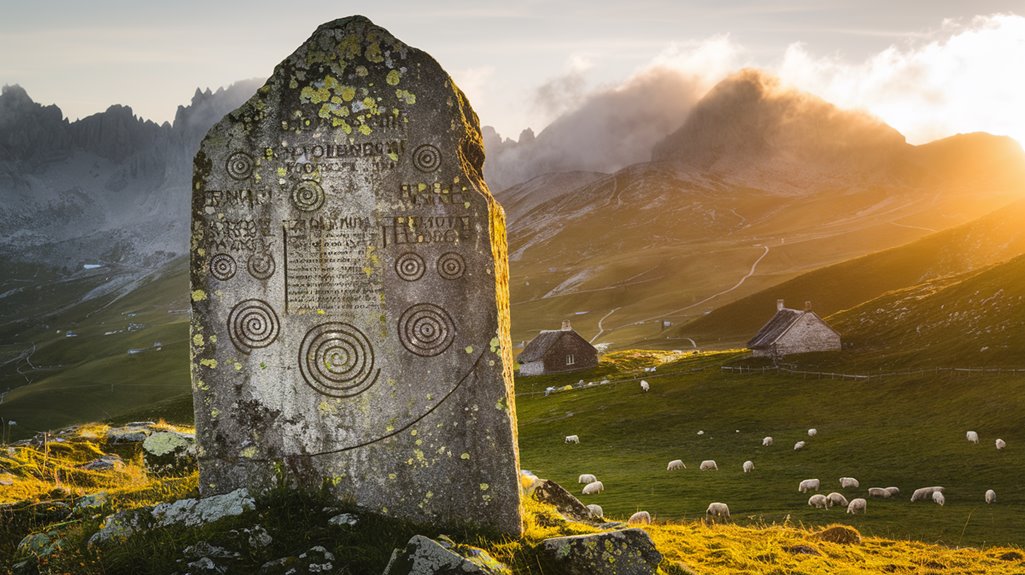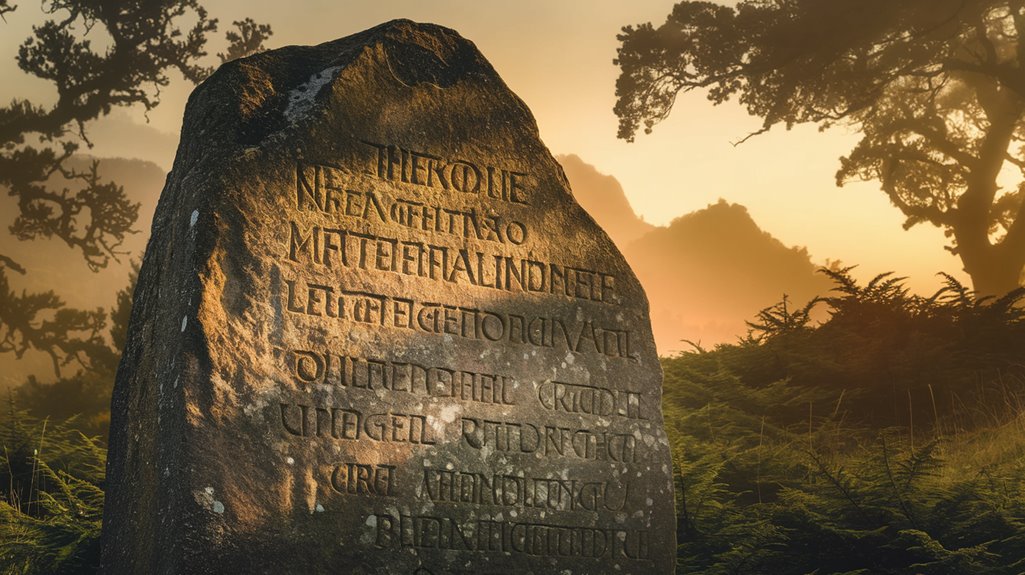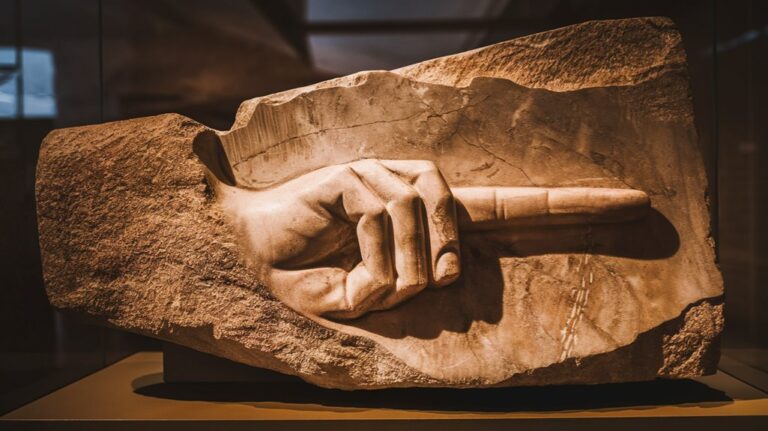The Origins of the Basque Language Remain Unknown
You've probably heard of languages that have clear family trees, like how Spanish and French stem from Latin. But when you look at Basque, you'll find yourself facing one of Europe's greatest linguistic mysteries. It's a language that stands completely alone, defying classification and puzzling experts for generations. As you explore its unique structure and ancient roots, you'll discover why this resilient tongue continues to challenge our understanding of European prehistory.
The Enigma of Europe's Most Ancient Language
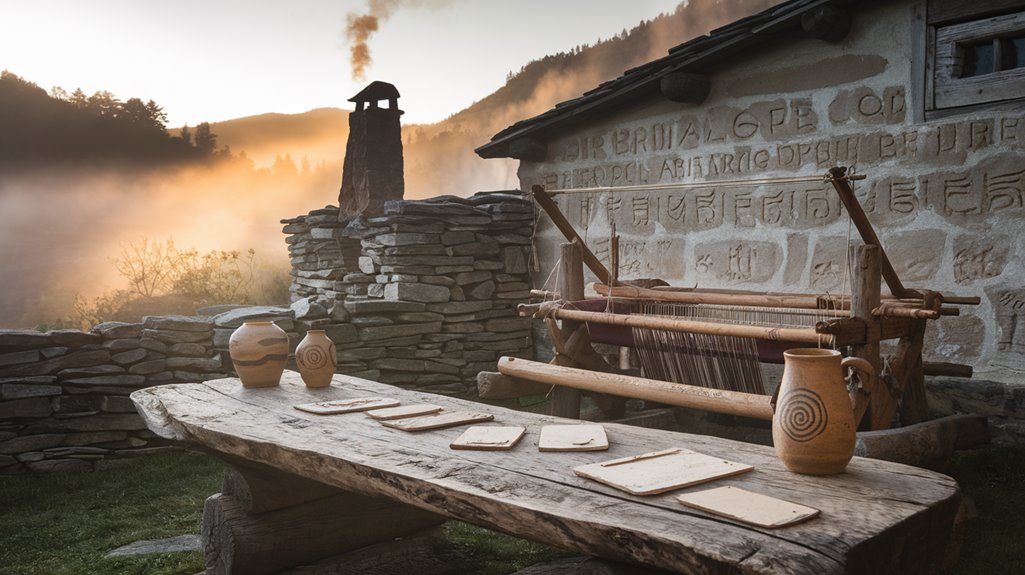
Where did Europe's most enigmatic language come from? When you explore Basque etymology, you'll find yourself facing one of linguistics' greatest mysteries. Despite numerous theories, from native Iberian origins to proposed Central Asian connections, scholars haven't been able to definitively trace the language's roots.
The linguistic isolation of Basque is particularly striking. You won't find any proven kinship with other languages, despite various attempts to link it with Caucasian tongues or ancient Iberian. The first printed book in Basque didn't appear until 1545, limiting our understanding of its early written history.
While some theories suggest it developed locally in the Iberian Peninsula, others point to distant origins. What makes this even more intriguing is that modern genetic and linguistic studies haven't provided conclusive evidence for any single theory. A 2015 study revealed that modern Basques are descendants of early Neolithic farmers who mixed with local hunter-gatherers.
The language's unique characteristics and lack of related languages continue to challenge researchers' understanding of its true origins.
Historical Evidence and Archaeological Findings
While scholars long debated whether ancient Basques had a written language, the discovery of the Hand of Irulegi has revolutionized our understanding of Basque history. This remarkable bronze artifact, dating back 2,000 years, features Basque inscriptions that prove written language existed much earlier than previously thought. The hand was discovered near the entrance of a house, suggesting it served as a protective amulet for its inhabitants. As scientists continue studying this ancient language, they acknowledge that Euskera is the oldest living language in Europe, making these discoveries even more significant.
You'll find these fascinating details about ancient artifacts related to Basque history:
- The Hand of Irulegi contains the word "sorioneku," meaning "of good fortune"
- Roman inscriptions from the 1st to 3rd centuries AD provide additional written evidence
- The language coexisted with Latin while maintaining its distinct identity due to limited Romanization
This groundbreaking discovery not only pushes back the timeline of Basque written language by a millennium but also challenges previous assumptions about the civilization's cultural development.
Linguistic Features That Set Basque Apart
What makes the Basque language truly exceptional among European tongues?
You'll find its distinctiveness in both its phonological uniqueness and morphological complexity. The language features distinct sibilant sounds made with different parts of the tongue, and some dialects even display contrastive stress and tone.
Unlike most European languages, Basque follows an ergative structure and uses agglutination, where you can clearly separate word elements and their meanings.
You won't find grammatical gender here, but you'll encounter a fascinating system of verb conjugation that reflects multiple persons and includes allocutive forms.
The language's SOV word order and pluripersonal verb system further set it apart from Indo-European languages. With approximately 900,000 active speakers today, the language continues to maintain its unique characteristics despite external influences. Despite Franco's harsh restrictions, the language managed to survive through rural communities and private conversations.
These features, combined with its status as a language isolate, make Basque a linguistic treasure unlike any other in Europe.
DNA Studies and Prehistoric Connections
Recent DNA studies have revealed fascinating insights into the Basque people's origins, showing they emerged from a unique mixture of Neolithic farmers and local hunter-gatherers between 3,500 and 5,500 years ago.
You'll find that migration patterns notably shaped their genetic diversity, with farmers from Anatolia arriving 7,000 years ago, followed by nomads from the Russian steppes 4,500 years ago.
Archaeological evidence suggests communities have inhabited what is now the Basque homeland for up to 70,000 years.
Researchers analyzed remains discovered in El Portalón cave to better understand the ancestral connections of the Basque population.
The largest DNA study to date, analyzing 2,000 samples, confirms three key findings:
- Early Basques possessed 80% Neolithic and 20% local Mesolithic ancestry
- Their genetic uniqueness emerged during the Iron Age, about 2,500 years ago
- DNA pools in small regions align with historical Basque dialect distributions
This genetic isolation, reinforced by their unique language, has preserved their distinctive genetic markers through millennia.
Surviving Through the Ages: Cultural Resilience
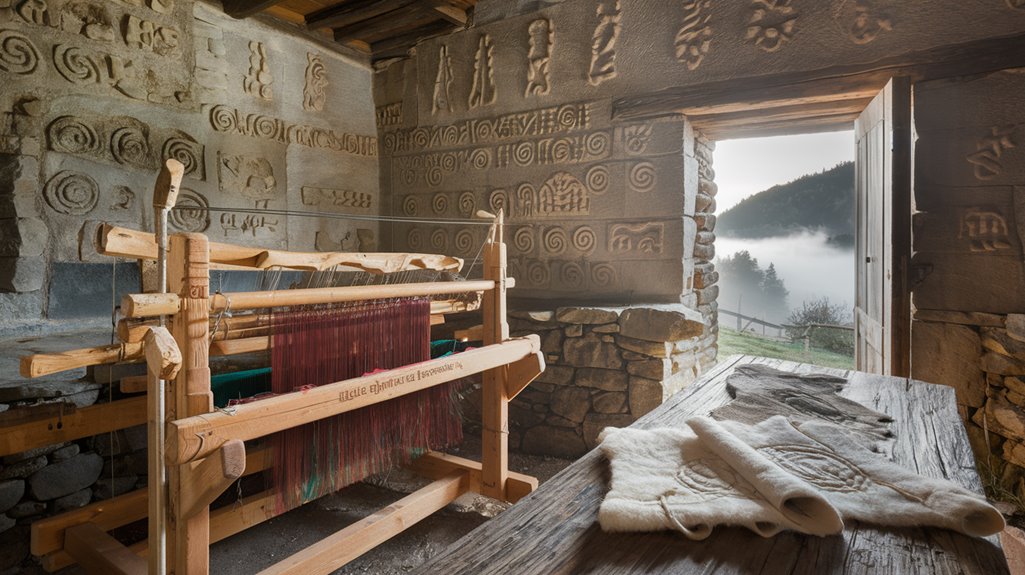
Throughout centuries of oppression and cultural challenges, the Basque language has demonstrated remarkable resilience, surviving as one of Europe's oldest living languages.
During Franco's regime, when Spanish was the only permitted language, the Basque people established secret schools called ikastola to preserve their cultural identity. After the 16th century, Basque witch trials devastated communities and disrupted society significantly. Their determination never wavered. With 2.1 million people residing in the Basque Country today, the language maintains a presence despite historical challenges.
Today, you'll find community initiatives like the biennial Korrika run strengthening the language's significance. Despite globalization pressures and the fact that 44% of Basque speakers find Spanish easier to use, grassroots organizations continue fighting for the language's survival.
The mountainous landscape that once protected Basque from invaders now serves as a symbol of its endurance. Through festivals, literature, and music, the Basque community guarantees their ancient tongue will thrive for generations to come.
Modern Research and Ongoing Discoveries
Modern genetic research has revolutionized our understanding of the Basque language's origins, revealing a complex story of isolation and resilience.
You'll find that recent studies challenge previous assumptions about the Basque people's ancestry, showing their uniqueness stems from Iron Age isolation rather than ancient external origins. The research, led by David Comas, analyzed over 600,000 genetic markers to reach these groundbreaking conclusions. The evolution from Proto-Basque language has been carefully traced through extensive linguistic research.
- DNA analysis confirms that Basques share over 70% genetic identity with Spaniards, yet their cultural identity and language preservation remain distinct.
- The predominant Y-DNA haplogroup R1b-DF27 links Basques to other Western Europeans, suggesting more recent common ancestry.
- Studies of ancient DNA reveal a genetic discontinuity between ancient locals and modern Basques, pointing to centuries of isolation and endogamy.
Today's research continues to unravel the mystery of this remarkable language isolate, while the debate over its true origins persists.

